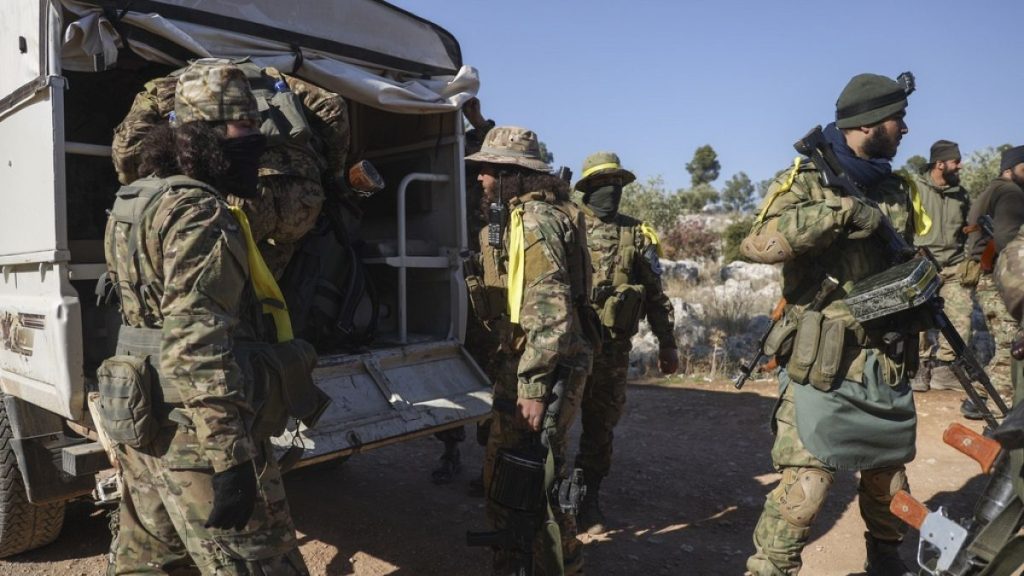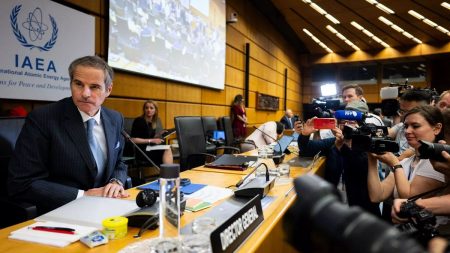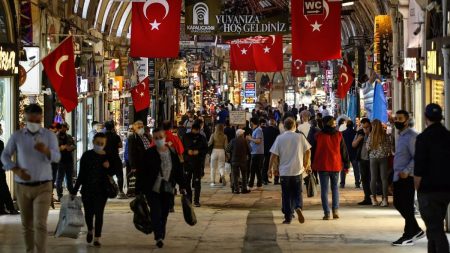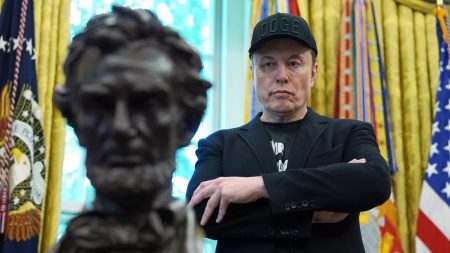The recent confrontation in southern Lebanon has inadvertently reignited hostilities in Syria, specifically in the long-contested city of Aleppo. Following an agreement for a temporary ceasefire between Israel and Hezbollah, the Syrian Salvation Government (SSG) forces—backed by Turkey—launched a surprise offensive on the city, managing to capture critical areas such as New Aleppo, Khalsa, Al-Rashidin, and Khan Tuman. This unexpected escalation has disrupted a five-year truce, leading to intense battles between the SSG and the forces loyal to President Bashar al-Assad. Reports indicate significant losses on both sides, with around 200 soldiers reportedly killed, including members of a Russian drone unit.
The SSG’s offensive has forced the Assad-aligned forces to retreat, abandoning essential military equipment, including Soviet-era T55 tanks. In response to the escalating violence, Russian and Syrian air forces conducted bombings in Idlib, which is considered the de facto capital of the opposition. The clash not only highlights the fragility of the previous ceasefire but also marks a critical moment in the ongoing Syrian conflict, as the SSG aims to capitalize on the temporary confusion among the regime’s forces amid shifts in military strategy in the region.
The strategic ramifications of the renewed fighting are significant for Moscow and Tehran, both of whom are heavily invested in maintaining the Assad regime. The loss of Aleppo would be particularly damaging for these allies, reflecting a potential shift in the balance of power in favor of the rebel factions. Key figures in Iranian command structures have already seen casualties, exacerbating tensions within the ranks. The dynamics between various forces on the ground are further complicated by the involvement of multiple military units, including the Iranian Revolutionary Guard and significant Syrian military contingents, each equipped with modernized weaponry.
In the midst of the conflict, there are growing concerns among pro-Assad forces about the potential ramifications of losing major territories. Not only would such losses diminish their territorial control, but they would also be perceived as a decline in strategic leverage against not only the rebels but also against external actors involved in the Syrian conflict. The historical significance of these territories makes their control crucial for the Assad regime and its foreign allies, as both Russia and Iran assess the implications of their renewed military engagement against the backdrop of the SSG’s unexpected advances.
The complex layers of this conflict include not only the military actions of various factions but also the geopolitical ramifications for Lebanon and Turkey’s influence in the region. Turkey’s support for the SSG signals its vested interest in reshaping the balance of power within Syria, particularly with respect to Kurdish forces and other Syrian groups. However, this also opens a potential avenue for escalation if foreign powers decide to intervene more decisively, leading to broader regional instability that could impact neighboring countries.
As the fighting continues, the future of Aleppo and the surrounding areas hangs in the balance. The SSG’s advances have underscored the volatility of the situation in Syria, where external influences—ranging from Iranian support for Assad to the backing of Syrian rebels by Turkey—play a defining role in shaping the conflict’s trajectory. Given the high stakes, continued hostilities in Aleppo could have significant repercussions, not just for the Syrian civil war but for the broader geopolitical landscape of the Middle East, calling into question the effectiveness of past ceasefires and diplomatic efforts aimed at resolving this protracted and bloody conflict. The situation remains fluid, and the outcomes will likely influence ongoing discussions about peace and stability in the region for the foreseeable future.














